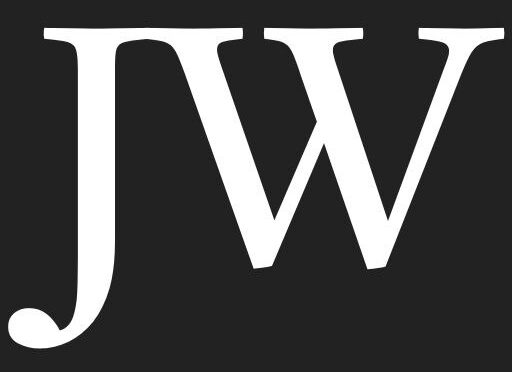>Your success in JKSSB exams starts with solid preparation, and our MCQs are here to empower you with the confidence and expertise needed to achieve your goals. Elevate your performance and conquer the Accounting section of JKSSB exams using these valuable practice resources.Here is series of 30 mcqs on cost accounting
